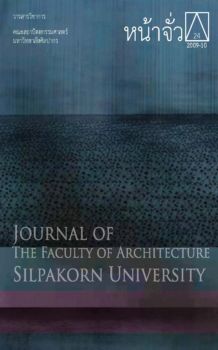The British in Burma: Pagan and Other Sites during the Colonial Era, 1852-1942
Abstract
This paper argues that British scholars provided the groundwork for the conservation of important archeological and cultural sites in Burma, particularly the ancient ruins of Pagan. Rather than neglecting the preservation of this heritage, as Burmese archaeologist U Nyunt Han suggested in 1989, British archaeologists, historians and epigraphers concentrated on documentary records, including lithic inscriptions, rather than undertaking major repairs to ancient sites. This approach was an outgrowth of shortages in funding and a fundamental adherence to “conservatism” in the repair and preservation of ancient monuments —an approach rooted in the precepts of British antiquarianism and the work of the Archaeological Survey of India with which Burma was associated during the colonial period. The paper contributes to the fields of conservation history, archaeology and post-colonial studies.





